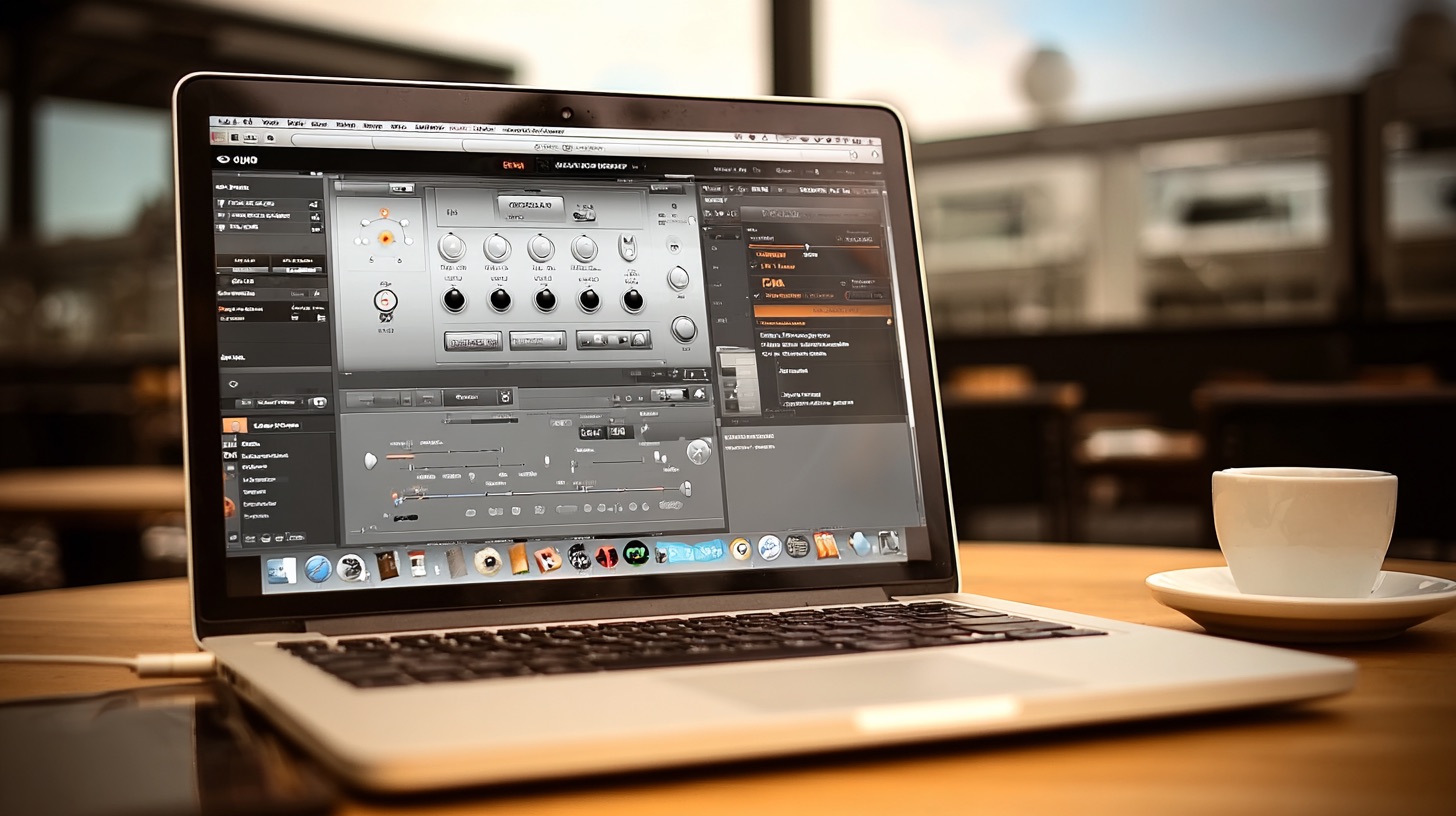
Mixing Punchy Metalcore Toms with Memphis May Fire’s Kellen McGregor
Nail The Mix Staff
Getting tom drums to sound massive in a modern metalcore mix is a classic challenge. You need them to punch through walls of distorted guitars and a screaming vocalist, but you also need them to sound like part of a real drum kit, not just a bunch of disconnected, over-processed samples. It’s a tricky balancing act.
In a recent session, producer and Memphis May Fire guitarist Kellen McGregor broke down his exact process for crafting those larger-than-life tom sounds. Forget a single “magic bullet” plugin; Kellen’s approach is all about combining a series of small, intentional moves that add up to a huge, polished, and aggressive tone. Let’s dive into his killer techniques.
Starting with a Solid Foundation: MIDI Triggers & Smart Samples
Before any processing, Kellen lays the groundwork with a clean and consistent source. Instead of wrestling with bleed and inconsistent hits from audio tracks, he opts to trigger his tom samples via MIDI. This gives him maximum control from the very start.
His weapon of choice for this track was the classic Steven Slate Drums 4 (SSD4). He specifically picked out two sounds:
- Rack Tom: Quick Tom 3
- Floor Tom: Quick Tom 4
To get a bit more brightness and help the rack tom pop, he pitched the “Quick Tom 3” sample up slightly. The floor tom was left un-pitched to maintain its weighty low end. This simple choice to go for bright, slightly exaggerated samples was a conscious decision to ensure the toms had the character to cut through the mix right out of the box.
Layering Tone: Saturation and Transient Shaping
With the core samples chosen, the first stage of processing begins. This isn’t about drastic changes, but about subtle enhancements to build the tone.
Adding Sparkle with Saturation
First up is the Softube Saturation Knob. While he used it on the “High” setting for the snare, for the toms, Kellen switched it to the “Neutral” setting. Even with just a small amount of drive, the plugin adds a really cool sparkle and harmonic complexity that’s different from other saturators. It’s a subtle move that just starts to lift the toms out of the raw sample sound.
Enhancing Punch with a Transient Shaper
Next, he reaches for the Slate Digital Transient Shaper to start carving out the tom’s envelope. He uses the unique “Pump” function, which is designed to duck the body or sustain of a sound, creating more perceived attack and a bigger tail. By adding just a tiny bit of attack and letting the pump feature work its magic, the initial hit of the tom becomes significantly punchier without sounding unnatural.
Surgical EQ for Clarity and Weight
With the initial tone and punch established, it’s time for some strategic EQ. Kellen’s approach here is more about cleaning up problem areas and cleverly enhancing the good stuff.
Taming Honk and Slap
Kellen makes two key cuts to clean up the sound. He first notches out some of the “slappy” high-mid frequencies to make the hit sound a bit rounder. Then, he pulls down some of the “weird area” in the mids that can make toms sound boxy or honky. The goal is to remove frequencies that clutter the mix and detract from the power of the tom.
The Low-End Filter Trick
Here’s a fantastic pro move. To add low-end weight without making the tom sound too “notey” by boosting the fundamental frequency directly, Kellen uses a steep high-pass filter. He sets the cutoff frequency just below the fundamental note of the tom.
Here’s why it works: a steep filter (like 24dB/octave) creates a small resonant bump right at the cutoff point. This subtly boosts the low-end frequencies adjacent to the fundamental, adding warmth and a feeling of weight without the boominess that a standard bell-curve boost can create. It’s a slick way to tighten up the sub-lows while simultaneously enhancing the useful low-end.
The Finishing Touches: Multi-Band Saturation & Clipping
The final chain is all about adding that last 10% of aggression and polish that makes the toms sound finished and professional.
Multi-Band Saturation with Saturn
FabFilter Saturn 2 is a go-to for modern metal producers, and Kellen uses it brilliantly here. He sets up a multi-band configuration to treat different parts of the frequency spectrum independently:
- Lows: Adds a bit of saturation to bring out more of the tom’s fundamental note and warmth.
- Highs: Gets a healthy dose of drive to create that top-end sizzle and airy attack that helps it cut through cymbals.
- Mids: The middle bands are left untouched to avoid adding any more of that boxy sound he already carved out with the EQ.
Final Punch and Relentless Clipping
After Saturn, he adds one more transient shaper for a final bit of attack shaping, pulling back the sustain slightly to keep things tight.
And for the grand finale? Clipping. And then more clipping. He first uses the clipper built into the transient shaper and then follows it up with JST Clip. The philosophy here is simple: why not? Each stage of clipping adds its own character, harmonics, and perceived loudness. The final JST Clip provides that aggressive, “smacked” sound, making the toms feel incredibly powerful and loud without actually eating up a ton of headroom. This kind of dynamic control is essential for modern metal, acting as an extreme form of limiting to guarantee consistency and impact on every single hit.
The Final Result: Bringing It All Together
By combining MIDI-triggered samples, subtle saturation, transient shaping, surgical EQ, multi-band excitement, and aggressive clipping, Kellen McGregor builds a tom sound that is huge, punchy, and perfectly suited for a dense Memphis May Fire track. Each step is subtle on its own, but together they create a polished and powerful final product.
Memphis May Fire on Nail The Mix
Kellen McGregor mixes "Shapeshifter"
Get the Session
These techniques are powerful tools you can apply to your own mixes right away. But seeing the concepts is one thing; watching a pro apply them in real-time is another. On Nail The Mix, you can watch world-class producers like Kellen mix real songs from scratch, explaining every plugin, setting, and decision along the way. If you’re ready to move beyond presets and truly unlock your own sound, it’s the ultimate peek behind the curtain.
Get a new set of multi-tracks every month from a world-class artist, a livestream with the producer who mixed it, 100+ tutorials, our exclusive plugins and more
Get Started for $1






